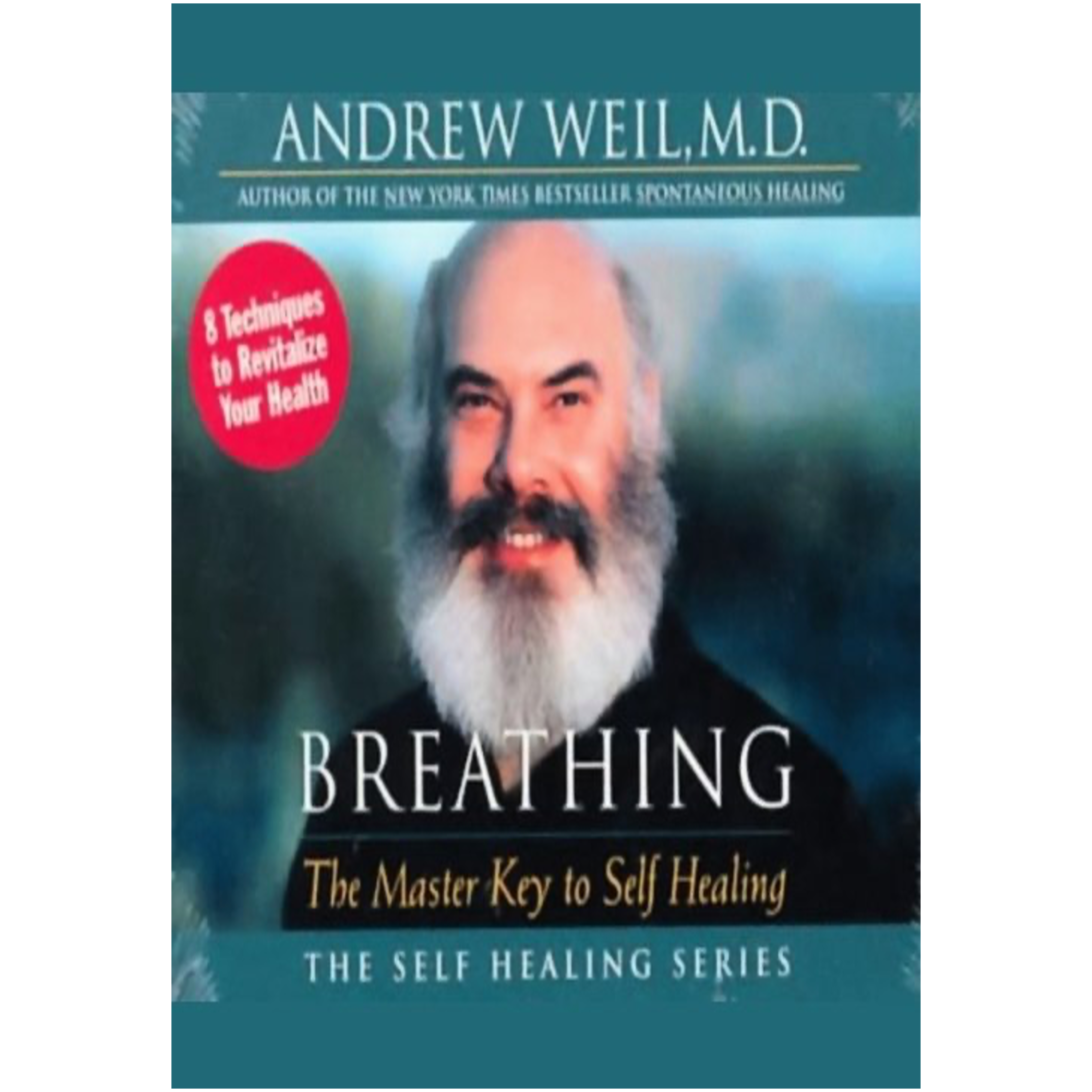Reading Time: 2 min 5 sec
I hope the next 25’ish breaths are the most nourishing of your day.
4 THOUGHTS
1. Feeling Better, in Both Mind and Body
“One of the essential techniques that I distill from this body of knowledge about pranayama is that the qualities of breath that you want to develop are to make it deeper, slower, quieter, and more regular.”
– Andrew Weil, MD, Breathing: The Master Key to Self Healing
Dr. Weil goes on to say: “When your breathing is deeper, slower, quieter, and more regular, you are feeling better, in both mind and body. Your nervous system is functioning more smoothly, and all your organs are operating more harmoniously as a result.”
Sounds like a good deal to me 🙏
2. Thoughts Don’t Matter
“Thoughts are just thoughts, just mental sounds…you'll never, ever succeed in blocking out the thoughts. No one does: not the Buddha, not the Dalai Lama, not the Zen or yoga teacher who looks so peaceful. What they have succeeded in doing is giving up trying: they’ve succeeded in noticing that thoughts don’t matter.”
- Dean Sluyter, Natural Meditation
I love that perspective. It reminds me of what my good friend Eddie Stern is fond of saying: our mind thinks thoughts just like our heart beats. We don’t try to stop our heart from beating, so let’s not try to stop our mind from thinking.
A better approach? Give up trying and realize that “thoughts don’t matter.” 👏
3. Moving for Mindfulness
Three quotes to ponder:
“We need to move to be still, and only from that place of stillness can we move well.” - Caroline Williams
“Without a balance between physical activity and meditation, for instance, we may become irritable or restless. Exercise can help to solve some of the problems that come as you descend in consciousness.” - Eknath Easwaran
“The entire purpose of the human brain is to produce movement. Movement is the only way we have of interacting with the world.” - Daniel Wolpert, Ph.D.
4. Ocean Breathing
“Many people also resonate with the soothing sound of rhythmic ocean waves—it affects our breathing, slowing it down and encouraging deeper breaths than the shallow and insufficiently oxygenated breathing that is our habit.”
- Elissa Epel, Ph.D., The Stress Prescription
One way to take advantage of this is to listen to the sound of water during your breathing or meditation practice. It’s a simple & effective way to combine your breath with the sound of water, which will naturally make it deeper, slower, quieter, and more regular 🌊
1 Quote
“Our breath, like our heartbeat, is the most reliable rhythm in our lives. When we become attuned to this constant rhythm, our breath can gradually teach us to come back to the original silence of the mind.””
Thanks to Daniella DeVarney at Our Breath Collective for sharing this one with me 🙏
1 GOOD BOOK
The Stress Prescription by Elissa Epel, Ph.D.
This is an excellent book if you’re dealing with stress and uncertainty—who isn’t? It’s filled with several great breathing gems and other simple practices for, as the subtitle says, “more joy and ease.”
In good breath,
Nick Heath, T1D, PhD
“Breathing is the compound interest of health & wellness.”
Enjoy these posts? Donate to say thanks!
P.S. a modern-day hero
Get One of My New Digital Guidebooks
The Breathing App for Diabetes
This is the first program specifically made for people with diabetes to help manage their stress through breathing and mindfulness practices. In addition to the amazing program inside the app, we have some really neat things coming up, so sign up now!
Amazon Associate Disclosure
I’ve been recommending books for almost 6 years. Yet somehow, I just discovered that I could be an Amazon affiliate [face-palm]. In any case better late than never. Now, any Amazon link you click is an affiliate link. As an Amazon Associate, I earn from qualifying purchases. So, if you’d like to support my work, buying books through these links is helpful : )
* An asterisk by a quote indicates that I listened to this book on Audible. Therefore, the quotation might not be correct, but is my best attempt at reproducing the punctuation based on the narrator’s pace, tone, and pauses.





